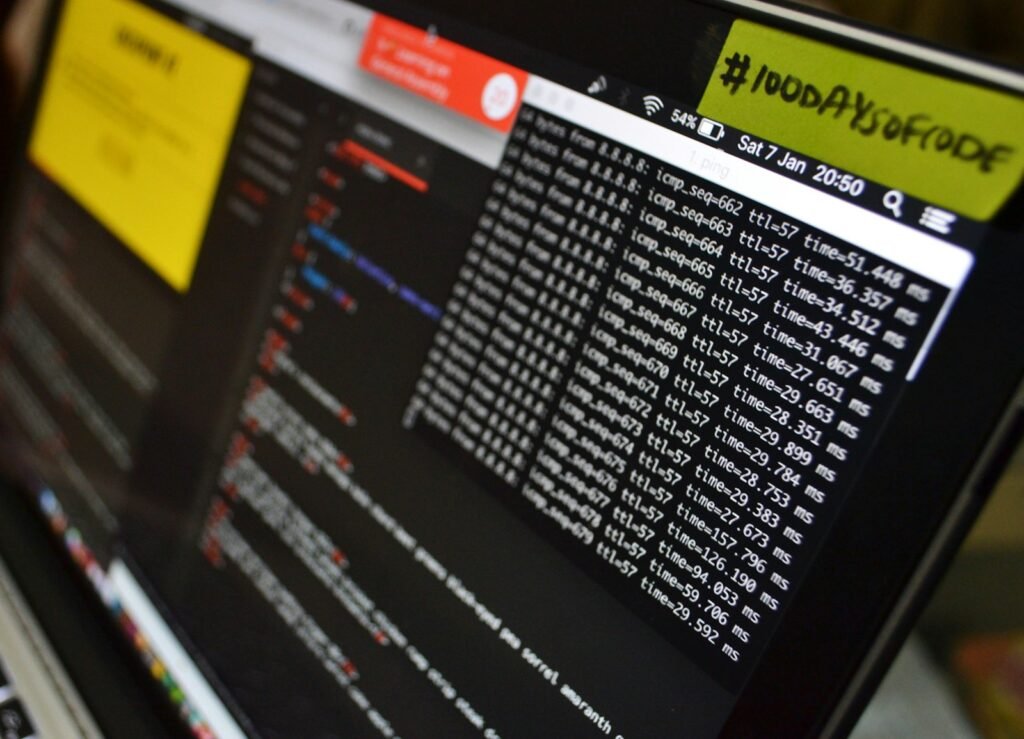Tracing code is a core competency that every developer ought to possess. It helps you understand how a piece of code works, identify bugs, and optimize performance. For anyone working as a programmer or a developer, learning different approaches to code tracing will enhance the efficiency of debugging and development processes. In this blog, we will explore different techniques to trace any piece of code, providing detailed explanations, advantages, and disadvantages of each method.
Understanding Code Tracing
Code tracing involves analyzing a program’s execution to understand its flow and identify issues. It is indispensable for finding errors and improving the execution time of a program. Let’s explore different methods to achieve this.
Methods to Trace Code
Manual Tracing (Dry Run)
Overview
Manual tracing or dry run means recreating the program’s execution process manually, as a computer does it. This assists in capturing the flow of control and alteration of variables.
Process
- Initialize Variables: First, record the first values of each of the variables.
- Follow Control Flow: When reading code, pay particular attention to control structures such as loops and conditionals.
- Update Variables: Record changes to the variables as the code is being developed.
- Trace Table: It is more convenient to work with a table to show how values of variables fluctuate with time.
Advantages
- In-depth Understanding: Gives a clear and thorough identification of the code.
- No Tools Required: Can be accomplished simply with a pen and paper.
Disadvantages
- Time-Consuming: Not practical for large codebases.
- Human Error: Prone to mistakes if not done meticulously.
Debugging Tools
Overview
Integrated Development Environments (IDEs) and debuggers are highly useful applications, which help to view and manage the running process.
Process
- Set Breakpoints: Put breakpoints at some strategic positions in your program.
- Run in Debug Mode: To begin with, execute the program in debug mode.
- Step Through Code: Apply step functions to run the code in a sequential manner, line by line.
- Inspect Variables: Check variable values and the call stack.
Advantages
- Efficiency: Help identify problems quickly in large and tangled code.
- Visual Aids: This makes it easier to get a clear view of the execution.
Disadvantages
- Learning Curve: Requires utilization of debugger features is necessary.
- Environment Limitations: Not all environments allow or support the debugging process.
Logging and Printing
Overview
Placing print or logging statements assist in the monitoring of how the code functions when it is executed.
Process
- Insert Print Statements: Insert statements at some key positions.
- Run Code: Run the program and examine the result.
- Analyze Output: Take a look at the output to identify its flow and values.
Advantages
- Simplicity: Easy to implement.
- Production Use: Can be used in even production environment.
Disadvantages
- Code Clutter: Can make the code unstructured.
- Output Overload: Almost impossible when used with high output.
Unit Testing
Overview
Unit testing is where tests are written for a specific piece of code to check it is working correctly.
Process
- Create Test Cases: Write tests for various input scenarios.
- Execute Tests: Perform tests in order to ensure output is as expected.
Advantages
- Early Error Detection: Can detect bugs as early in the development phase as possible.
- Reliability: Improves code maintainability and reliability to some extent.
Disadvantages
- Effort Required: There should be additional work in writing tests.
- Coverage Limitations: Cannot capture all the code paths.
Code Review
Overview
In this step, the code is reviewed by another developer, and this process can help identify mistakes and suggest changes.
Process
- Share Code: Share your code with another person so that they can review it.
- Discuss Logic: Collaborate to understand and improve the code.
- Identify Issues: Find potential bugs and inefficiencies.
Advantages
- Fresh Perspective: Adds new understanding to the code.
- Quality Improvements: Improves the quality of the entire code.
Disadvantages
- Reviewer Expertise: It all depends on the professional ability of the particular reviewer.
- Team Constraints: It is not very suitable for large teams.
Static Analysis
Overview
Static analysis is the process in which code is analyzed for errors and problems that may be present but does not involve running the code.
Process
- Run Tools: Use static analysis tools to scan the code.
- Identify Issues: Identify errors, performance bottlenecks, and security issues.
Advantages
- Early Detection: Forages problems before running the code.
- Automation: They can be easily embedded in the development processes.
Disadvantages
- False Positives: May flag non-issues.
- Tool Familiarity: Requires understanding of analysis tools.
Additional Considerations
Code Complexity
Manual tracing can be sufficient for simple scripts. But, projects that are complex, need debugging tools and testing should be employed.
Programming Language
Debugging and tracing tools come with different supports depending on the language used. It is vital that you understand which features are specific to the language in question.
Development Environment
IDE and tools play a crucial role in the tracing process and their selection may prove decisive. Choose the right environment for you.
Debugging Frameworks
Specialized frameworks exist for debugging specific application types, such as web apps or distributed systems.
Combining Methods
To effectively trace and understand your code, consider combining multiple methods:
- Manual Tracing: Small segments or general knowledge can be applied.
- Debugging Tools: Use for sophisticated problems and sense of spatial orientation.
- Logging: Use at runtime to look for performance diagnostics and production diagnostics.
- Unit Testing: Ensure code correctness and facilitate refactoring.
- Code Reviews: Obtain information from outside sources and enhance quality.
- Static Analysis: Automate checks for a robust codebase.
Read Also: All Best Tools for Testing Multiuser WebSocket Applications
Conclusion
The control of code tracing is a necessary skill for any developer. So, by using different approaches and instruments you are able to recognize the problems and, eventually, solve them and upgrade your code. Regardless of the type of scripts or systems you are encountered with, application of these techniques will improve your development process.




What do you think?
Your point of view caught my eye and was very interesting. Thanks. I have a question for you.